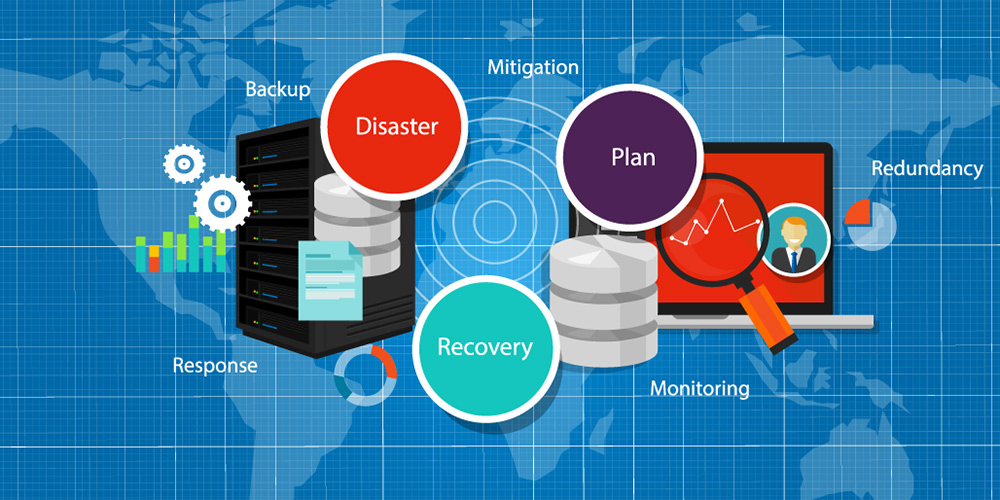
Apr 17, 2019 | SMB Technology, SMB Technology, SMB Technology, SMB Technology, Technology News
With disasters–natural and manmade–in the news, preparedness in the form of a business continuity plan is vital. Disaster recovery, or the ability of a business to continue running during and after a disaster, is a key part of business continuity. Read on to learn more about developing a plan to keep your business operating even when things go wrong. The Importance of Being Prepared During a Disaster Recovery Scenario According to an article by CompTIA, 40% of businesses do not reopen after a disaster. A quarter (25%) of unprepared businesses fail within one year. A disaster recovery (DR) plan enables businesses to respond, not just react, in the event of a disaster. It is a subset of an overall plan, and has to do with immediate access to systems and applications–and their associated data. The company can stay in business, without loss of revenue or reputation. Creating a BC/DR Plan: Questions to Consider The first question to consider in developing a DR plan is determining which systems are mission-critical, most crucial to conducting business. Some, such as communications, important applications and data storage, are the most essential; others can wait until the disaster is over. How much downtime can your business handle, without loss of revenue or reputation? With regard to data storage, consider whether it should be kept on-premises or be stored remotely in a data center. Is the network redundant; that is, if one section goes down, can another take up the load in its place? For data storage, the cloud can also be a good option, and using the cloud has become a trend in recent...

Apr 9, 2019 | SMB Technology, SMB Technology, SMB Technology, SMB Technology, Technology News
With some parts of the country heading into tornado season, and with natural and man-made disasters a possibility anywhere, there’s no time like now to consider how to keep your business running in the event of a flood, fire, earthquake, or even a cyber attack. A Business Continuity (BC) plan keeps your business running both during and after a disaster, minimizing downtime and the resulting loss of revenue and reputation. Read on to learn more about what such a plan can mean for your business. The Cost of Not Being Prepared An event such as a storm or a cyber attack has the potential to severely impact your business. According to technology research firm Gartner, businesses that experience a data disaster have a two-year survival rate of just 6%. Also, for every hour of downtime, $42,000 can be lost. Moreover, the loss of reputation of your business if customer data is lost or leaked, can be significant. If your business is in an industry subject to special regulations (HIPAA, for instance), data compromise can bring about fines and other penalties. To avoid these consequences, and to get the best results from your business’ technology budget, ask questions to assess your risks. Components of a Business Continuity Plan One key consideration is which components of your business are mission-critical. Perhaps it’s maintaining access to data that is needed to run the business. Or it’s keeping the data you have safe. Perhaps it’s ensuring employees within your company can communicate with each other by email. Another part of the plan is to determine recovery-time objectives, how long your business can be...




